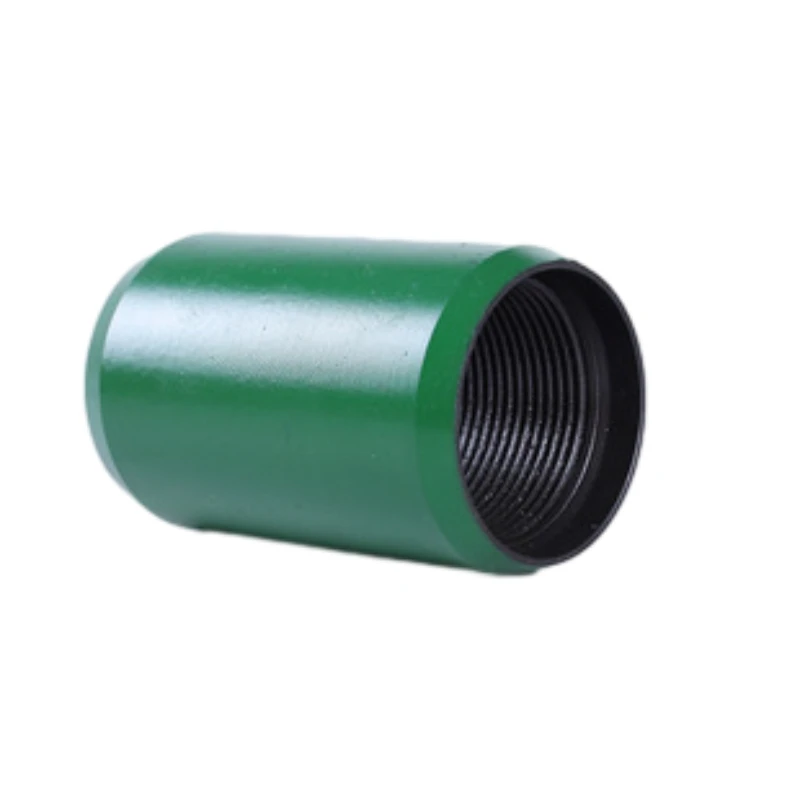- Afrikaans
- Albanian
- Amharic
- Arabic
- Armenian
- Azerbaijani
- Basque
- Belarusian
- Bengali
- Bosnian
- Bulgarian
- Catalan
- Cebuano
- Corsican
- Croatian
- Czech
- Danish
- Dutch
- English
- Esperanto
- Estonian
- Finnish
- French
- Frisian
- Galician
- Georgian
- German
- Greek
- Gujarati
- Haitian Creole
- hausa
- hawaiian
- Hebrew
- Hindi
- Miao
- Hungarian
- Icelandic
- igbo
- Indonesian
- irish
- Italian
- Japanese
- Javanese
- Kannada
- kazakh
- Khmer
- Rwandese
- Korean
- Kurdish
- Kyrgyz
- Lao
- Latin
- Latvian
- Lithuanian
- Luxembourgish
- Macedonian
- Malgashi
- Malay
- Malayalam
- Maltese
- Maori
- Marathi
- Mongolian
- Myanmar
- Nepali
- Norwegian
- Norwegian
- Occitan
- Pashto
- Persian
- Polish
- Portuguese
- Punjabi
- Romanian
- Russian
- Samoan
- Scottish Gaelic
- Serbian
- Sesotho
- Shona
- Sindhi
- Sinhala
- Slovak
- Slovenian
- Somali
- Spanish
- Sundanese
- Swahili
- Swedish
- Tagalog
- Tajik
- Tamil
- Tatar
- Telugu
- Thai
- Turkish
- Turkmen
- Ukrainian
- Urdu
- Uighur
- Uzbek
- Vietnamese
- Welsh
- Bantu
- Yiddish
- Yoruba
- Zulu
Understanding Tubing Couplings for Enhanced Oil and Gas Well Performance and Safety
Tubing Couplings Essential Components in Oil and Gas Production
In the oil and gas industry, the extraction of hydrocarbons involves a complex network of equipment and technologies. Among these, tubing couplings play a crucial role in ensuring efficient and safe operations. Tubing couplings are components that connect sections of production tubing, which is the pipe used to convey oil and gas from the reservoir to the surface. Understanding the purpose, types, and significance of these couplings is essential for anyone involved in petroleum engineering.
Purpose of Tubing Couplings
The primary purpose of tubing couplings is to join two sections of tubing together, allowing for a continuous path for the flow of oil or gas. They also provide mechanical support, maintaining the integrity of the tubing under various operational conditions, such as temperature fluctuations and pressure changes. In addition, these couplings are designed to withstand the corrosive environments often found in oil and gas wells, increasing the lifespan of the entire production string.
Types of Tubing Couplings
There are several types of tubing couplings, each designed for specific applications and operational conditions. The most common types include
1. Standard Couplings These are basic couplings that provide a solid connection between tubing sections. They are typically used in environments where the pressure and temperature conditions are within standard limits.
2. Swaged Couplings These couplings are mechanically deformed to create a close fit between the tubing sections. This design enhances the strength of the connection and reduces the risk of leaks, making them suitable for high-pressure applications.
tubing coupling

3. Threaded Couplings These feature external threads that allow for quick and easy assembly of tubing sections. Threaded couplings are often used in temporary installations or in applications where frequent disconnection is needed.
4. Splice Couplings These are used to join two sections of tubing that may not be of the same diameter or material. Splice couplings ensure a smooth transition between different sizes or grades of tubing.
5. Specialty Couplings In some cases, couplings are designed with specific features to meet unique operational requirements, such as those with integrated safety valves or those designed for use in abnormal pressure environments.
Significance in Operations
The significance of tubing couplings in oil and gas operations cannot be overstated. They are essential for maintaining the safety and efficiency of extraction processes. A poorly constructed coupling can lead to catastrophic failures, resulting in leaks, blowouts, or other dangerous situations. Regular inspection and maintenance of tubing couplings are crucial for preventing such scenarios.
Furthermore, the choice of coupling material is critical. Couplings made from high-quality steel or corrosion-resistant alloys are preferred in harsh environments to ensure durability and resistance to wear and tear. Additionally, advancements in technology have led to the development of couplings with enhanced features, such as increased resistance to sour gas and improved thermal stability.
Conclusion
In summary, tubing couplings are a fundamental component in oil and gas production, serving not only as connectors between tubing sections but also as key players in ensuring the integrity and safety of extraction operations. Understanding the different types of couplings and their specific applications can help engineers and operators make informed decisions that enhance operational efficiency and safety. As the industry continues to evolve, the development of new materials and design features will likely further improve the performance of tubing couplings, adapting to the increasingly challenging environments of modern oil and gas extraction. Through innovation and careful selection, the oil and gas sector can continue to thrive while ensuring the safety and well-being of its operations and personnel.
-
Tubing Pup Joints: Essential Components for Oil and Gas OperationsNewsJul.10,2025
-
Pup Joints: Essential Components for Reliable Drilling OperationsNewsJul.10,2025
-
Pipe Couplings: Connecting Your World EfficientlyNewsJul.10,2025
-
Mastering Oilfield Operations with Quality Tubing and CasingNewsJul.10,2025
-
High-Quality Casing Couplings for Every NeedNewsJul.10,2025
-
Boost Your Drilling Efficiency with Premium Crossover Tools & Seating NipplesNewsJul.10,2025







